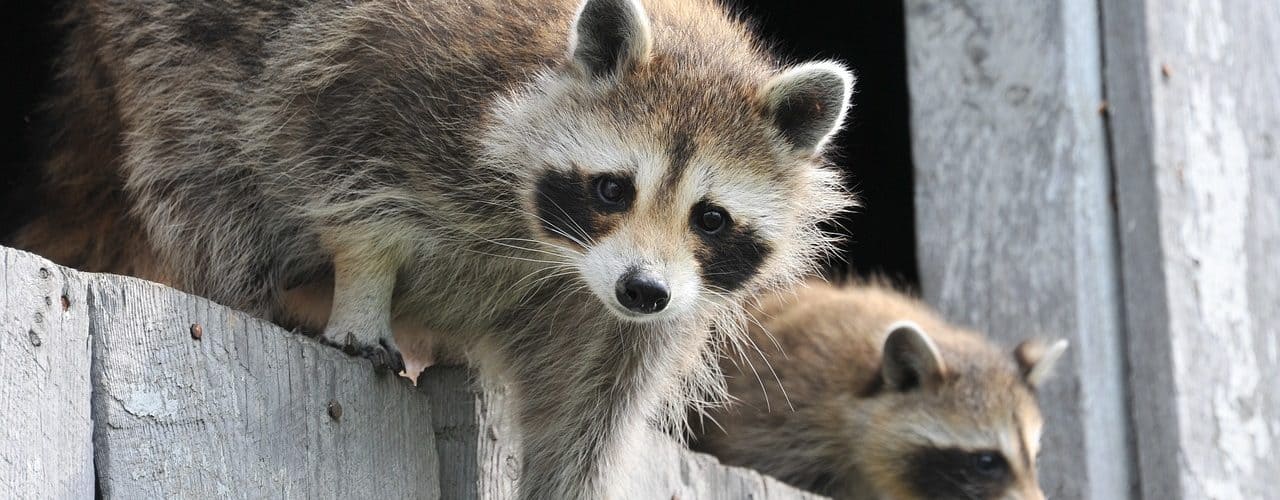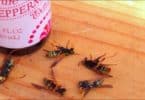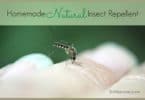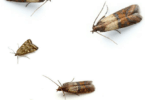Although most of us see raccoons rarely and almost never interact with them, some of us are forced to deal with them once they decide to set up camp in or near our homes. Raccoons are highly adaptable, very intelligent animals and while they typically choose to establish their den in a hollow log, rock crevice or a burrow dug out by another animal, urban raccoons can choose a cozy spot underneath your porch or in your attic, if they can gain access. At the least, raccoons can damage your landscaping and invade your garbage cans. At the most, they can pose a danger to your pets and, although human attacks are rare, to you and your family. This article will review some methods you can deploy to get rid of them if you have a raccoon pest problem.
First and foremost, always remember that raccoons are wild animals and can easily get up to 20 lbs.; they have very sharp claws and teeth and can do some serious damage if they feel threatened and defensive. Be careful! Raccoons are nocturnal (operate at night) and generally don’t like humans, lights and noise. They do like your garbage and your cozy attic, though! Learning about raccoons before interacting with them is a good idea. You can learn about them here at USDA Forest Service.
If you believe that raccoons are simply visiting your garbage bins and are sleeping elsewhere, you can discourage them with these steps: getting some tough garbage bins with locking lids, securing the lids with bungee cords, making sure stinky garbage is double-bagged, installing fencing around your bins, installing a motion-detecting light fixture nearby (they don’t light bright lights), spreading mothballs or ammonia around the bins and placing a weatherproof radio on a timer nearby (set it to a talk radio station, if possible). If they can’t get in or are simply annoyed enough, they’ll move to another food source. They are very clever creatures and may defeat one or more of your defenses. Don’t hesitate to mix and match these steps over time because, as you will learn, raccoons are a worthy adversary.
If you believe you have raccoons living under a porch, in a garden shed or in an attic, your first line of defense is to harass them into leaving. Using combinations of lights, noise and ammonia have worked for others and may work for you. The next line of defense it to block their access to the spot they’ve chosen. You’ll first need to establish how many there are and if there are any babies involved. If you’re confident that there are no babies and that you know where they’re gaining access you can block them by repairing any damaged areas or covering them with chicken wire. Be sure to only block access when you know that all raccoons have left. If you’re not positive, you could block young raccoons inside when mom goes out to look for food.
If there are babies, you need to decide if you’re both willing and able to deal with trapping and relocating mom and her young without calling a professional. Remember that these are wild animals: they have sharp teeth and claws and have been known to carry diseases harmful to humans (like rabies). If you are still willing, you need to find out if your state allows you to trap and relocate them. Many states have restrictions due to animal welfare laws. Check with your local Animal Control. If your state does allow you to do this, you can purchase a humane (non-lethal) trap and bait it with some food (try peanut butter and apples, for instance). Once mom is trapped you can remove the young while wearing a tough work glove (watch those teeth!). Secure the raccoons for their safety and relocate them away from your area, making sure to release the young before releasing mom. Lastly, remember to fully secure the spot that they were occupying because if they come back to your area they’re likely to set up camp again, or another family could come along and you’ll be back to square one.
<>






